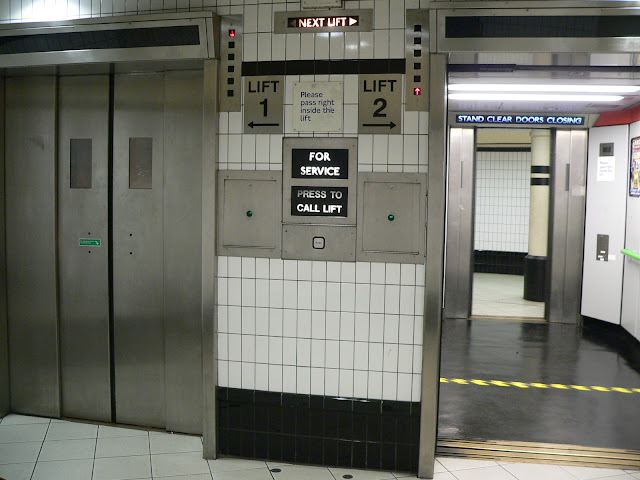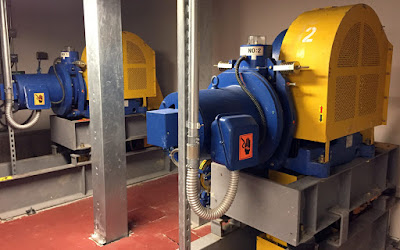Different Parts Of Elevators And Their Detailed Functions
We have seen elevators from years ago, and we all enjoy traveling in an elevator but do you know the parts and functions of elevators?
In this article, we will see about different parts of elevators and their functions in detail.
The most important thing about elevators is their working parts, which are usually covered if you understand the elevators. Let's see the critical parts of elevators. Elevator parts India provides you with high-quality parts. Essential parts of elevators include:
● Either one or more cars, which refers to
metal boxes that go up and down.
● Counterweights that support the balance of
the car.
● Some elevators use a braking system to move
the cars up and down, whereas some elevators use hydraulic mechanisms and
electric motors to help move the cars.
● A system contains strong metal pulleys and
cables which run between the motors and the cars.
How elevators make use of energy
Scientists say that elevators are all about energy only. The energy usually used in the process converts into potential energy. It is why we get potential energy when we climb stairs (go up), or while we descend the stairs (go down), the potential energy decreases. This property matters to the elevator's energy property, and this example is also an example of the conservation law of energy.
For scientists, an elevator is nothing more
than a device, and they make use elevators to go up and come down without
wasting a person's potential energy. They say when you are going up, the
elevator provides potential energy to you, and when you are coming down, it
extracts potential energy.
Theoretically, it is proven that elevators
don't need energy because it gives energy to people. Similarly, it gets back
energy. Unfortunately, there are many types of elevators, and few elevators
black this kind of action.
Some functionalities can lift people using
considerable energy, but it will not get back the energy. This energy would
have been lost to friction in the cables and brakes, disappearing as waste heat
into the air.
How much energy does an elevator make use of?
Sometimes, when we see the picture of
elevators, we think it is hanging from a single cable only, but several cables
strongly support the car. In case if one cable cuts or breaks, there are other
cables to support the car. If some mishaps happen, they are advanced to have an
intercom telephone, and you can use this phone for an emergency purpose.
Now let's see the energy used by an elevator to
lift with an example. Let's take an example of an elephant weighing 2500 kg. It
has to travel approximately 20 meters lifting the elephant into the air so that
the lift may require potential energy 200 times more than the elephant's
weight. If the car has to travel in 10 seconds, it requires an energy rate of
50000 joules per second.
Sometimes the elevator cannot work 100%
efficiently because all the energy taken from the electric supply would not
convert the potential energy while lifting the elephants. The cars would lose
some energy to heat, air resistance, friction, sound, and other losses
occurring in the mechanism. So the natural energy consumed would be greater
than expected. This pictures to be like a vast amount of energy used,
undoubtedly it is, but there is a way to save the energy, a
counterweight.
Counterweight
Practically elevators are slightly different
from simple hoists, and their working also differs. Most of the elevators use
counterweights to lift heavyweights. Hence the counterweight makes the work
easier by consuming less force from motors to move the lift up or down.
Parts of an elevator
Elevator parts India plays a vital role in
making lifts in India. Thus, many companies request elevator parts India to
offer their services.
Speed governors
The speed regulating function in regulators is
the job of speed governors. A speed governor regulates the speed if an elevator
runs at high speed or crosses an average speed limit. Speed governors are also
known as governor rope. Speed governor attaches to the bottom of the
lift.
Electric motor
In some cases, the lift may cause serious
issues, and then the electric motor prevents the lift from causing further
issues and helps the elevator run smoothly.
Elevator rails
Only if there is proper functioning of elevator
rails, the elevators can avail the facility of sliding up and down; otherwise,
it may not run properly.
Cabin
This part of an elevator is a vital part. Hence
it carries the goods and services or the passage of a person.
Elevator shaft
This space is helpful for lift cabins, and they
move in this space. The location of the shaft can vary from an elevator to an
elevator because it depends on the type of elevator.
Elevator doors
As we all know, the primary purpose of doors is
to enter and exit, whereas elevator doors also serve the same purpose. But the
only difference is that they have two types of doors: a manual door and the
other one is an automatic door.
Manual doors
This type of door opens with the help of a
person or a lift operator or who wants to enter the lift.
Automatic doors
Since automatic doors have inbuilt door
operators, they don't need a particular person to open them, and hence these
types of doors are automatic.
Drive unit
Anything that runs with the help of electricity
needs to have a motor for smooth functioning. The Drive unit is a part of an
elevator that attaches a motor to operate the lift.
Buffers
Buffer is also a part of an elevator found at
the bottom of the elevator to protect people. Buffers can halt a falling car or
lift by dissipating to accumulate the kinetic energy of the lift.
Safety device
This safety device is a mechanical device that
attaches to the elevator to provide safety. The device works similar to the
speed governor as the lift travels downwards fastly or if it crosses the speed
limit, the safety device maintains secure and safe traveling.
Hence, elevator parts India vastly
offers all the parts of elevators around the state.
Conclusion
Thus, in this article, we have seen the parts
of the elevators and how they function in detail. The primary function is to
make people's travel easy from underground to the upper floor and vice versa.
Hence, elevators require a lot of energy to lift heavy weights.



Comments
Post a Comment